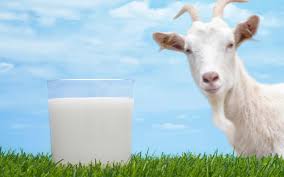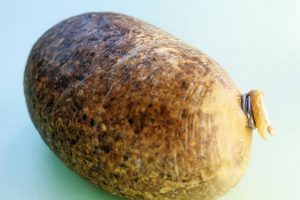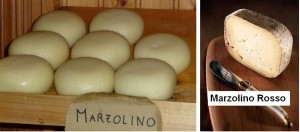In the context of a study on the occurrence of Listeria species in an animal farm environment in Valencia, Spain, six Listeria -like isolates could not be assigned to any known species.
 Phylogenetic analysis based on the 16S rRNA gene and on 231 Listeria core genes grouped these isolates in a monophyletic clade within the genus Listeria , with highest similarity to Listeria thailandensis .
Phylogenetic analysis based on the 16S rRNA gene and on 231 Listeria core genes grouped these isolates in a monophyletic clade within the genus Listeria , with highest similarity to Listeria thailandensis .
Whole-genome sequence analyses based on in silico DNA–DNA hybridization, the average nucleotide blast and the pairwise amino acid identities against all currently known Listeria species confirmed that these isolates constituted a new taxon within the genus Listeria . Phenotypically, these isolates differed from other Listeria species mainly by the production of acid from inositol, the absence of acidification in presence of methyl α-d-glucoside, and the absence of α-mannosidase and nitrate reductase activities.
The name Listeria valentina sp. nov. is proposed for this novel species, and the type strain is CLIP 2019/00642T (=CIP 111799T=DSM 110544T).
Listeria valentina sp. nov., isolated from a water trough and the faeces of healthy sheep
International Journal of Systematic and Evolutionary Microbiology
Juan J. Quereda1, Alexandre Leclercq2,3, Alexandra Moura2,3,4, Guillaume Vales2,3, Ángel Gómez-Martín1, Ángel García-Muñoz1, Pierre Thouvenot2,3, Nathalie Tessaud-Rita2,3, Hélène Bracq-Dieye2,3, Marc Lecuit2,3,4,5
https://www.microbiologyresearch.org/content/journal/ijsem/10.1099/ijsem.0.004494









